Filter by

Some thoughts concerning education, and Consequences of the lowering of inter…
•SiR, — These Thoughts concerning Education, which now come abroad into the world, do of right belong to you, being written several years since for your sake, and are no other than what you have already by you in my letters. I have so little varied any thing, but only the order of what was sent you at different times, and on several occasions, that the reader will easily find, in the famili…
- Edition
- -
- ISBN/ISSN
- 656893731
- Collation
- cdl; americana
- Series Title
- -
- Call Number
- SRLF:LAGE-2235643

The church of the New Testament : the Presbyterate, a defense of Presbyterianism
The author has to acknowledge his deep obligations to the Rev. James Kennedy, B.D., of the Library of the New College, Edinburgh, whose value every student knows who ever passed through that Institution, and to whom the Free Church is under deep obligations. He has devoted his life to the cultivation of a high standard of learning among the young men, in urging them to graduate, and to his cour…
- Edition
- -
- ISBN/ISSN
- 446490271
- Collation
- cdl; americana
- Series Title
- -
- Call Number
- nrlf_ucb:GLAD-17187103
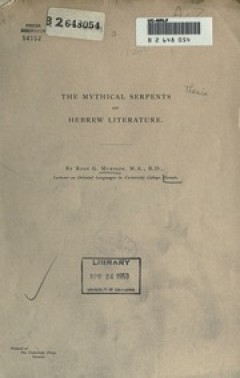
The mythical serpents of Hebrew literature
There seems to be no limit to human credulity as to the forms which animals may assume, or the attributes which they may possess.^ Three stages in the development of fabulous creatures may be traced: The animal is first credited with (pertain powers it does not, and probably cannot have;^ then animals altogether fabulous, but still belonging to a definite and well-known class, are supposed to e…
- Edition
- -
- ISBN/ISSN
- 80232599
- Collation
- cdl; americana
- Series Title
- -
- Call Number
- nrlf_ucb:GLAD-117547907

Original poems : for good children
OH ! thank you, good Dobbin, you've been a Ioi:g track, And have carried papa all the way on your back ; You shall have some nice oats, faithful Dobbin, indeed, For you've brought papa home to his darlihgwith speed. The howling wind blew, end the pelting rain beat, And the thick mud has cover'd his legs and his feet, J3ul yet on he gallop'd in spite of the rain, And has brought papa home to …
- Edition
- -
- ISBN/ISSN
- 73025666
- Collation
- cdl; yrlsc; iacl; americana
- Series Title
- -
- Call Number
- srlf_ucla:LAGE-2562204
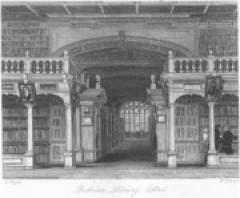
Amenities of Literature Consisting of Sketches and Characters of English Lite…
- Edition
- -
- ISBN/ISSN
- 32767040
- Collation
- gutenberg
- Series Title
- -
- Call Number
- gutenberg etext# 36298
- Edition
- -
- ISBN/ISSN
- 32767040
- Collation
- gutenberg
- Series Title
- -
- Call Number
- gutenberg etext# 36298
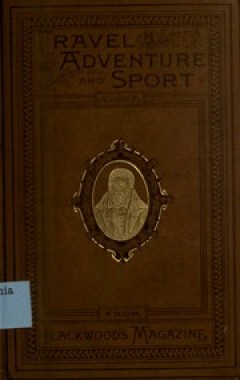
Travel, adventure, and sport from 'Blackwood's magazine'
T7IABLY in March 1879, news reached Buda-Pesth -L^ of impending floods in the Theiss valley of a serious and exceptional character. During the past winter more snow had fallen all over the ' country than is generally the case even in Hungary, while at the same time the cold had been less than usual. At Buda-Pesth, though the Danube was covered with drift-ice, it had never been completely frozen…
- Edition
- -
- ISBN/ISSN
- 406334551
- Collation
- cdl; americana
- Series Title
- -
- Call Number
- SRLF:LAGE-734414
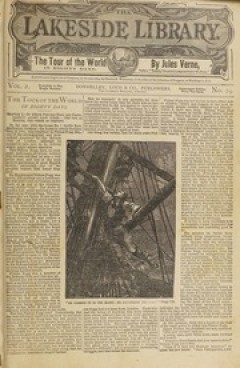
The tour of the world in eighty days
In the year 1872,-the house No. 7 Saville Row, _ Burlington Gardens—the house in which Sheridan dieu, in 1814—was inhabited by Phileas Fogg, Esq., one of the mdstajngular and most -noticed members Gi the Reform Club of London, although he seemed to take care to do nothing which might attract attention. This Phileas Fogg, then, an enig‘ matic personage, of whom nothing ‘was known but tha…
- Edition
- -
- ISBN/ISSN
- 176179226
- Collation
- ocdimenov; oberlincollegelibrary; americana; globallibraries
- Series Title
- -
- Call Number
- -

On the question proposed for disussion to the Botanical Congress at St. Peter…
Abbyy GZ,Animated GIF,Archive BitTorrent,DjVu,DjVuTXT,Djvu XML,Dublin Core,Item Tile,MARC,MARC Binary,MARC Source,Metadata,OCR Page Index,OCR Search Text,Page Numbers JSON,Scribe Scandata ZIP,Single Page Processed JP2 ZIP,Single Page Raw JP2 ZIP,Text PDF,chOCR,hOCR
- Edition
- -
- ISBN/ISSN
- -
- Collation
- 4 p. 23 cm
- Series Title
- -
- Call Number
- -
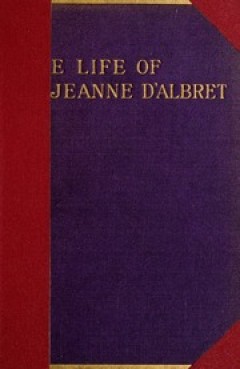
The life of Jeanne d'Albret, queen of Navarre
- Edition
- -
- ISBN/ISSN
- 684510529
- Collation
- cdl; americana
- Series Title
- -
- Call Number
- SRLF_UCSB:LAGE-4044599
- Edition
- -
- ISBN/ISSN
- 684510529
- Collation
- cdl; americana
- Series Title
- -
- Call Number
- SRLF_UCSB:LAGE-4044599
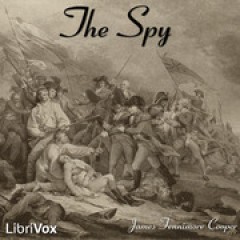
 Computer Science, Information & General Works
Computer Science, Information & General Works  Philosophy & Psychology
Philosophy & Psychology  Religion
Religion  Social Sciences
Social Sciences  Language
Language  Pure Science
Pure Science  Applied Sciences
Applied Sciences  Art & Recreation
Art & Recreation  Literature
Literature  History & Geography
History & Geography